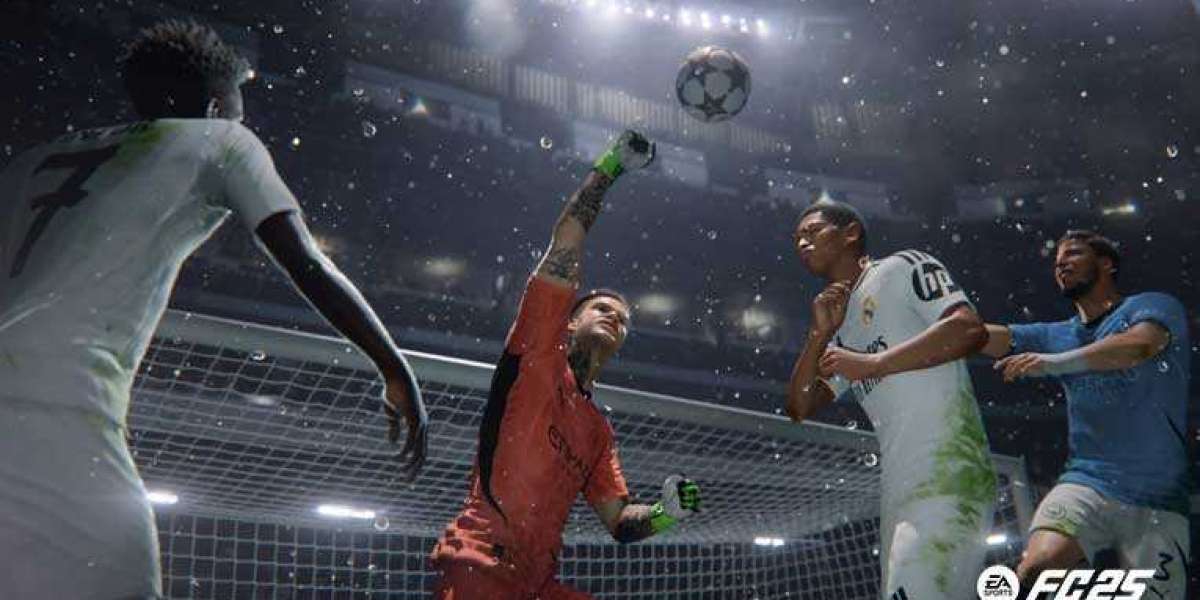3D printing has revolutionized the way we create objects, but it is not without its challenges. Understanding the common issues that arise during the 3D printing process is essential for achieving high-quality prints. This 3D print troubleshooting guide aims to provide you with the knowledge needed to identify and resolve these issues effectively.
Identifying Common 3D Printing Problems
When engaging in 3D print troubleshooting, the first step is to identify the specific problem you are facing. Some of the most prevalent issues include:
- Layer Separation: This occurs when layers do not adhere properly, leading to a weak print.
- Stringing: Fine strands of filament can appear between parts of the print, often caused by improper retraction settings.
- Warping: This issue typically arises when the edges of a print lift off the build plate, resulting in a distorted shape.
- Under-extrusion: Insufficient filament flow can lead to gaps and weak spots in the print.
Understanding the Causes of 3D Printing Issues
To effectively troubleshoot, it is crucial to understand the underlying causes of these problems. For instance, layer separation may be attributed to incorrect temperature settings or poor bed adhesion. Similarly, stringing can often be resolved by adjusting the retraction distance and speed.
Moreover, warping can be mitigated by ensuring a heated bed is used and that the print adheres well to the surface. Under-extrusion, on the other hand, may require checking the filament diameter or the nozzle for clogs. By understanding these causes, you can take proactive steps to prevent issues before they arise.
Effective Solutions for 3D Print Troubleshooting
Once you have identified the problem and its cause, you can implement effective solutions. Here are some strategies to consider:
- Adjust the print temperature: Ensure that the nozzle temperature is appropriate for the filament being used.
- Calibrate the bed: Regularly check and adjust the bed level to enhance adhesion.
- Modify retraction settings: Experiment with different retraction speeds and distances to reduce stringing.
- Use a brim or raft: These can help with warping by providing additional surface area for adhesion.
For a more detailed exploration of preventing 3D printing failures, consider visiting this guide.
Conclusion: Mastering 3D Print Troubleshooting
In conclusion, mastering 3D print troubleshooting is an essential skill for anyone involved in 3D printing. By understanding common issues, their causes, and effective solutions, you can significantly improve your printing experience. Remember, patience and experimentation are key. As you gain more experience, you will become adept at diagnosing and resolving problems, leading to successful prints every time.








